Automotive Mechanic Tools
Automotive mechanics use a variety of tools to diagnose and repair cars. These tools range from simple hand tools to complex diagnostic equipment. Some of the most common automotive mechanic tools include:
- Wrenches
- Sockets and ratchets
- Screwdrivers
- Pliers
- Hammers
- Drills
- Impact wrenches
- Grinders
- Lifts
In addition to these basic tools, automotive mechanics may also need specialized tools for specific tasks, such as engine repair, transmission repair, or brake repair.
Automotive mechanic tools can be purchased from a variety of sources, including auto parts stores, home improvement stores, and online retailers. When purchasing automotive mechanic tools, it is important to choose high-quality tools that will last.
Types of Automotive Mechanic Tools
- Hand Tools
- Power Tools
- Diagnostic Tools
- Lifts
Hand tools are the most basic type of automotive mechanic tools. They are typically used for tasks such as tightening bolts, removing screws, and prying parts apart. Common hand tools include wrenches, sockets and ratchets, screwdrivers, pliers, hammers, and drills.
Power tools are used for tasks that require more power than hand tools can provide. Common power tools include impact wrenches, grinders, and lifts. Impact wrenches are used to loosen bolts that are difficult to reach or remove. Grinders are used to cut metal and remove rust. Lifts are used to raise vehicles so that mechanics can work on them from underneath.
Diagnostic tools are used to identify problems with vehicles. Common diagnostic tools include scan tools, multimeters, and pressure gauges. Scan tools connect to a vehicle's computer and can read codes that indicate what is wrong with the vehicle. Multimeters measure voltage, current, and resistance. Pressure gauges measure the pressure of fluids in a vehicle's engine and transmission.
Lifts are used to raise vehicles so that mechanics can work on them from underneath. They are typically either hydraulic or pneumatic. Hydraulic lifts use fluid pressure to raise vehicles, while pneumatic lifts use compressed air.




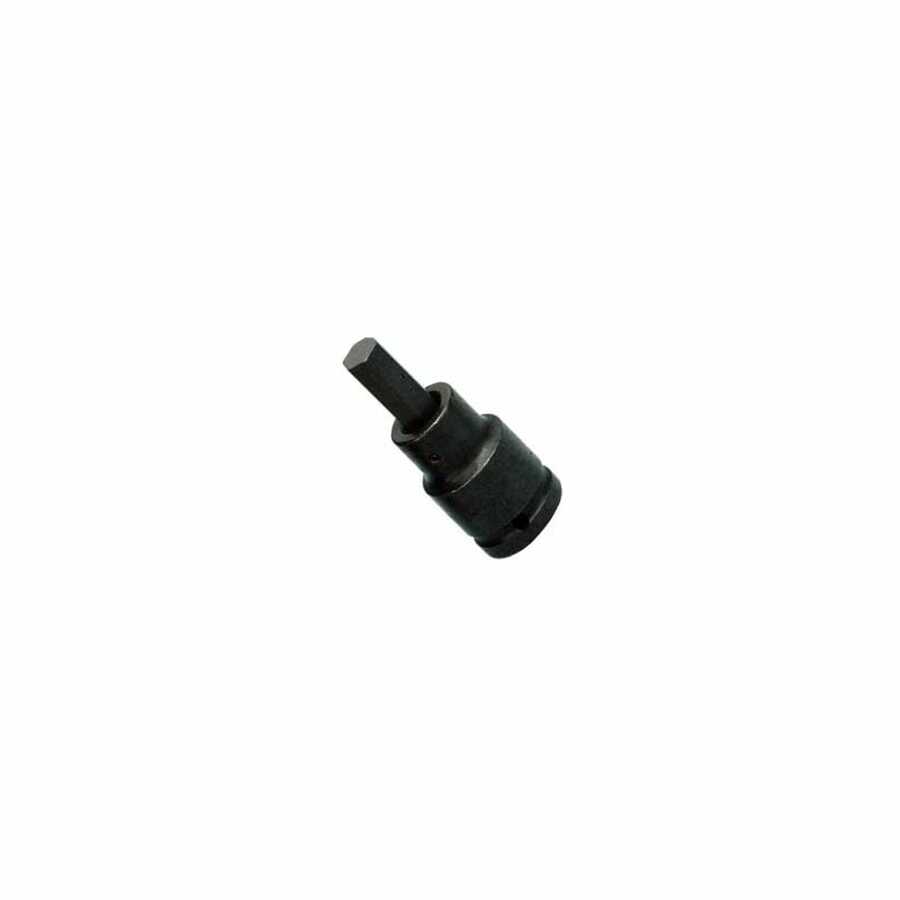

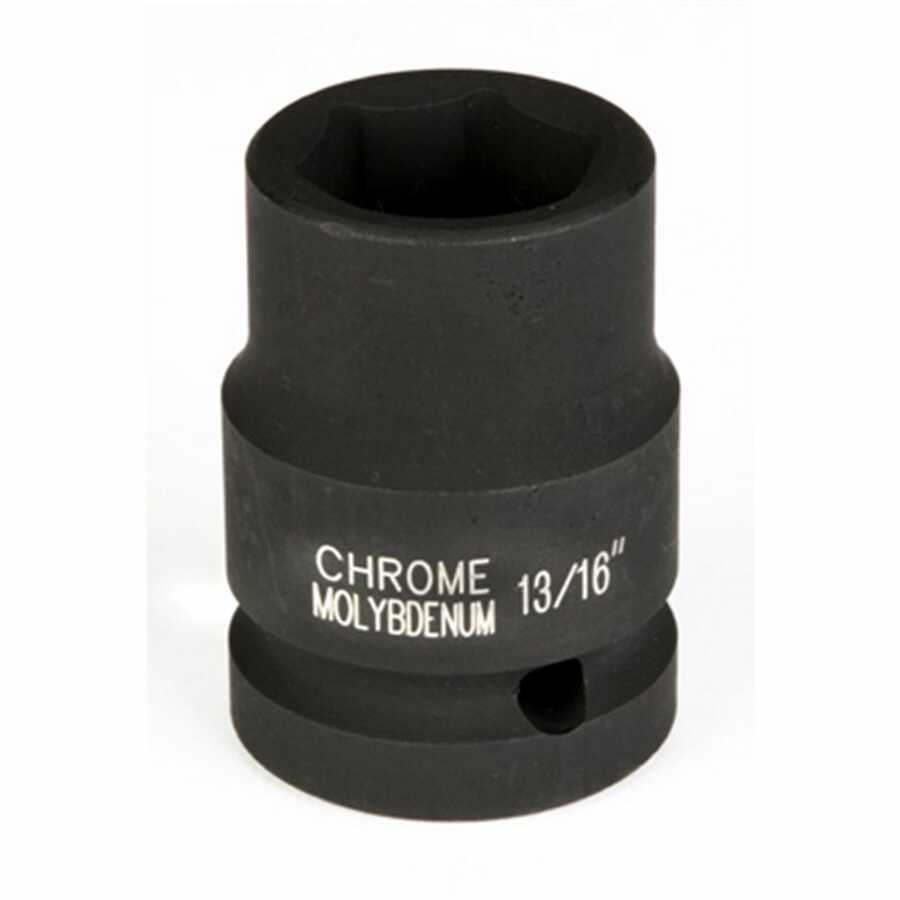
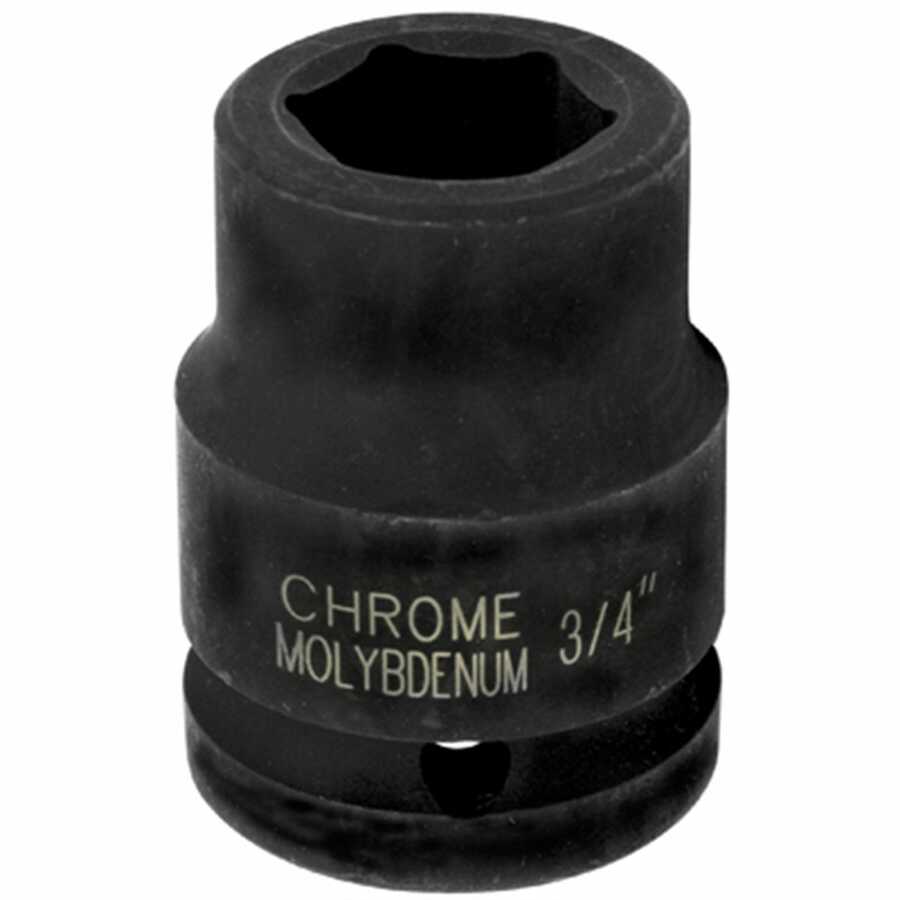
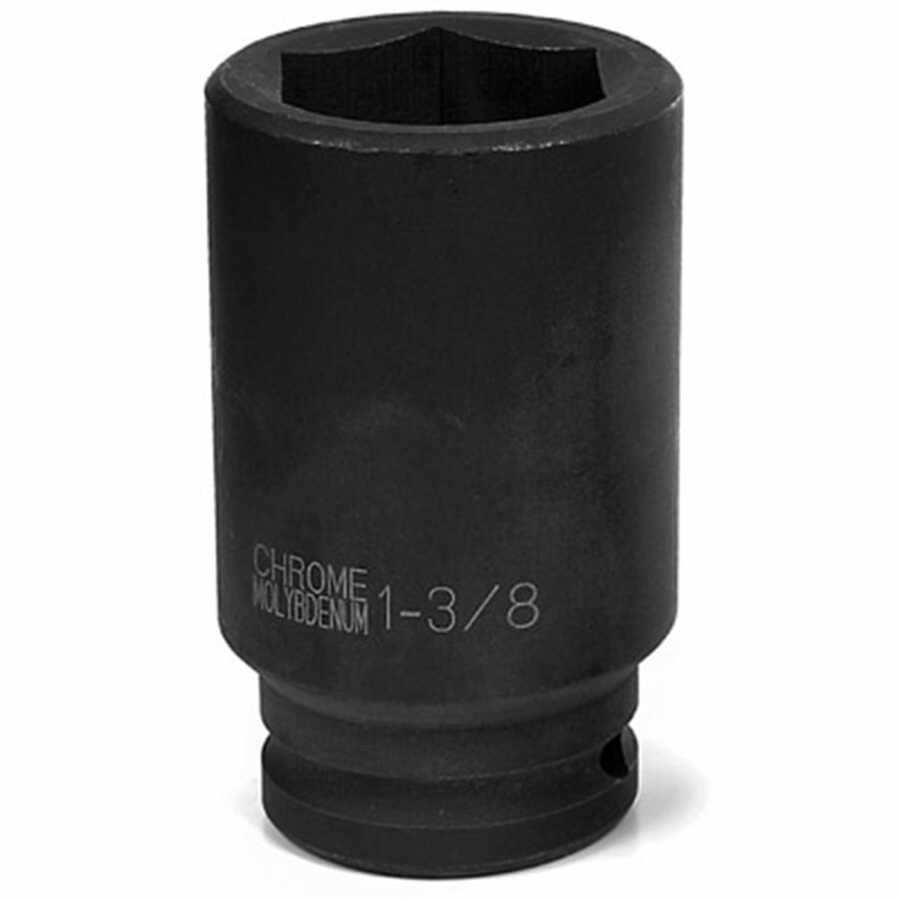



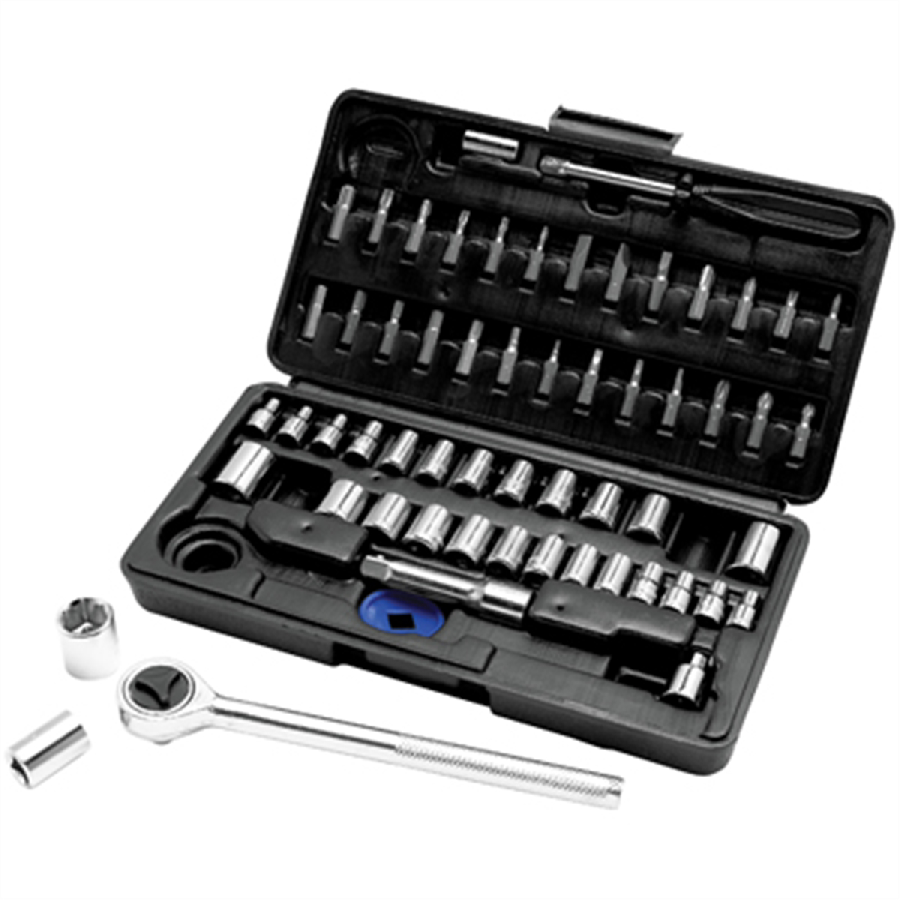
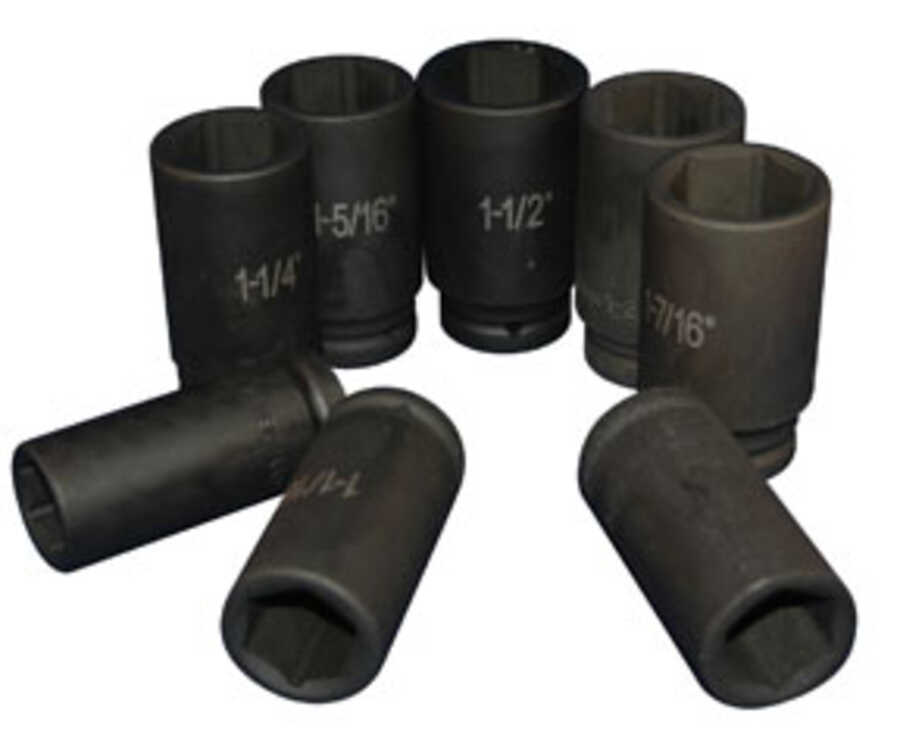

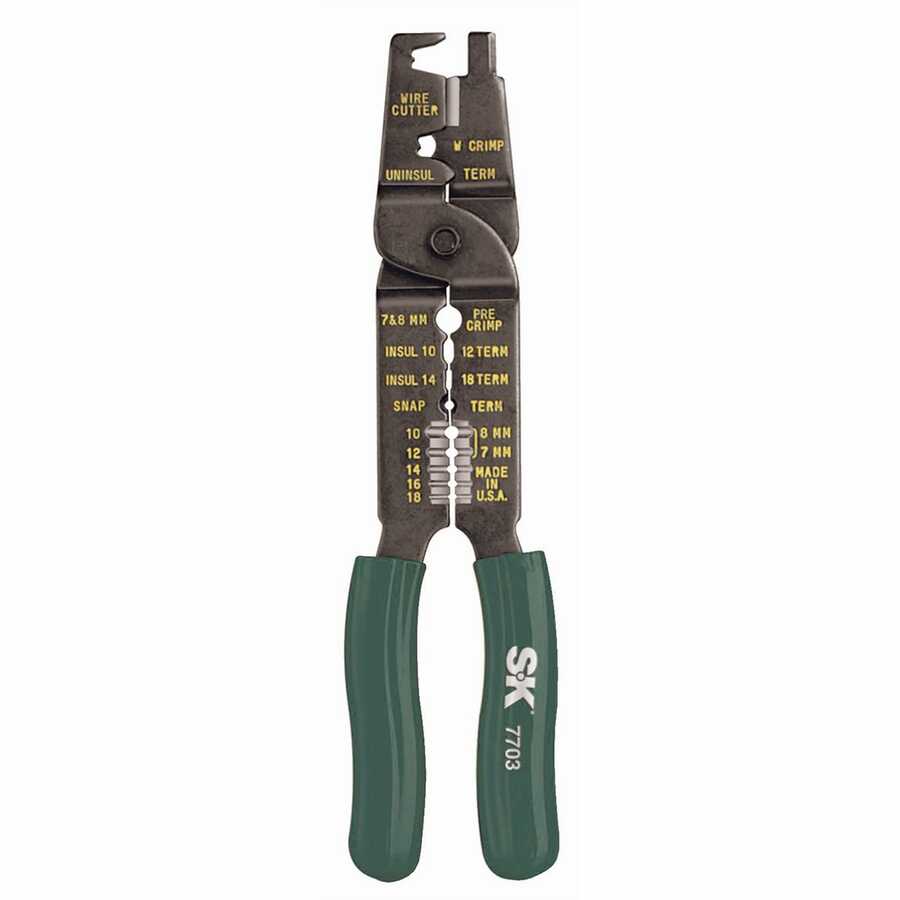
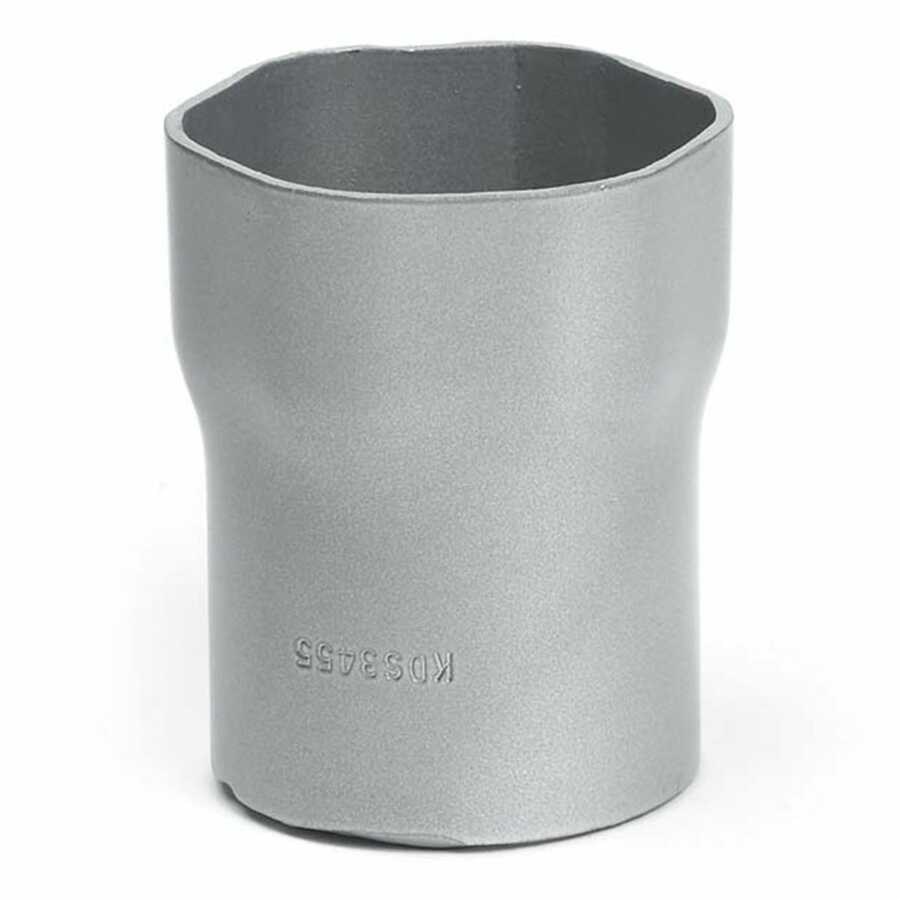





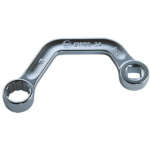

Follow us on social media